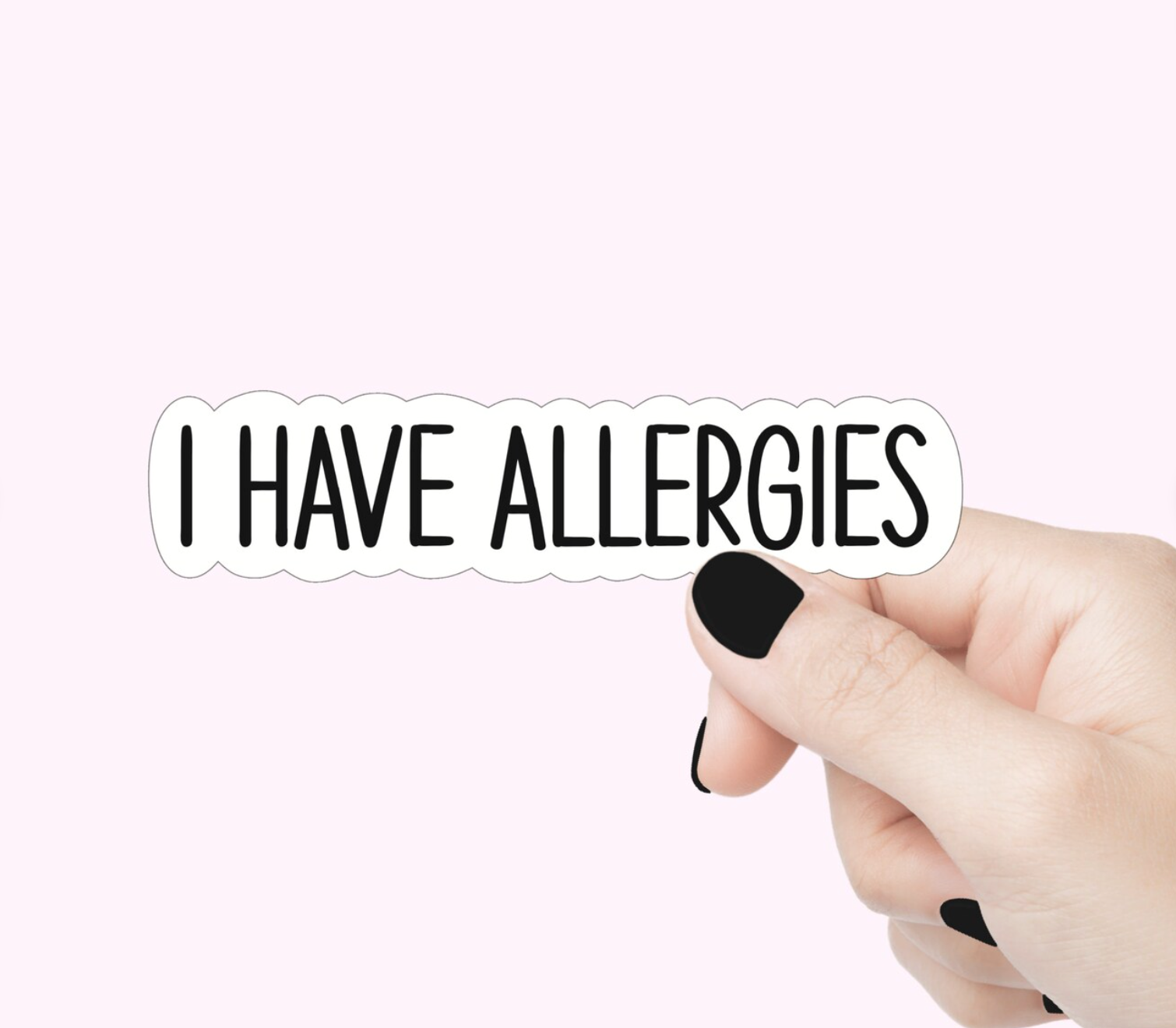Your Product Labels Are Keeping Secrets from You

You want to learn more about what's in your perfume, so you look at the ingredient list. Except it is four ingredients long, or maybe only one, and that makes you feel like something is missing. It is. Your product labels are keeping secrets from you.
First, let’s explore the purpose of fragrance and cosmetic ingredient lists. They provide transparency about the components of a product, help individuals with specific preferences or sensitivities make informed choices, and ensure regulatory compliance. Understanding these lists is important for assessing product safety, efficacy, and suitability for individual needs. In theory, labels give you the power to choose products with, or without, specific ingredients.
What do the lists generally contain?
Like food labels, cosmetic labels list ingredients in descending order of concentration. The ingredient with the highest concentration appears first, followed by others in decreasing amounts. This helps consumers understand the relative quantity of ingredients. However, some ingredients like colourants may be listed separately at the end of the list for regulatory purposes.
A key component to transparent labels is uniform naming conventions. The International Nomenclature Cosmetic Ingredient (INCI) system is a globally recognized naming system for cosmetic ingredients. It standardizes ingredient names to promote consistency and facilitate international communication. Cosmetic ingredient lists use INCI names to identify the components and to ensure clarity and consistency across products.
What don’t the lists generally contain?
A full list of fragrance ingredients. Parfum, or fragrance in the US, is the INCI name used to cover all fragrance ingredients that have been added to produce or mask an odour. Voila – a list of 30 ingredients can be whittled down to just one. Parfum may be either inserted at the end of the list of ingredients or at the appropriate point in descending order of predominance. This naming convention is in place because fragrance formulas are generally considered valuable trade secrets and using a catch-all term for ingredients helps protect those secrets. The full list of ingredients may be undisclosed, and this can be frustrating to consumers who want to know more about the products they use.
Certain fragrance ingredients are known to cause allergies or sensitivities in some individuals. Currently, the EU requires 26 such ingredients be disclosed on labels if used above certain thresholds. We’ll talk A LOT more about fragrance allergens soon!
Ingredient lists provide valuable information about the contents of a product and INCI names have been developed to facilitate international communication and standardization. However, fragrance ingredients can still be hidden behind a blanket term. Sure, companies can choose to indicate each fragrance ingredient individually, and some do, but it is not the industry standard. In the name of transparency, we want to help shift the industry in a positive direction - remove the sense of fear that comes from the word 'fragrance' and push more companies to show their full ingredient lists.



